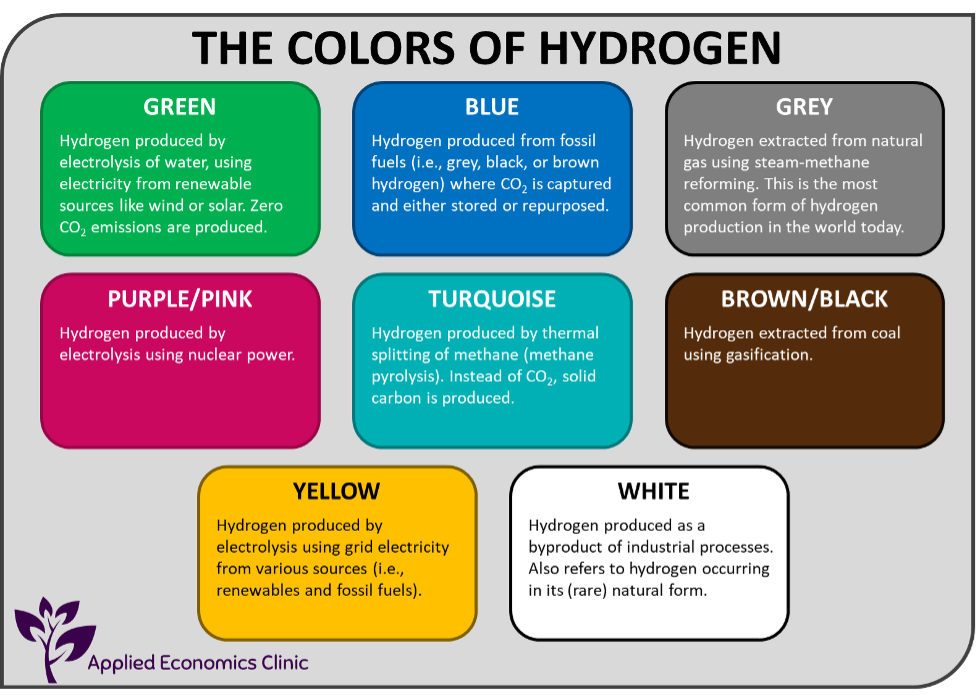Since the 2016 launch of the Affordable Access to Clean and Efficient Energy Initiative, Massachusetts energy policy and programs have included commitments to an equitable clean energy transition. AEC’s September 2024 report prepared on behalf of Clean Energy Group assessed equity provisions in three Massachusetts energy storage-incentivizing programs, including the Solar Massachusetts Renewable Target (SMART) program. AEC found that the three energy programs assessed lack equity-related mandates, targets and reporting requirements to support the Commonwealth’s commitment. This AEC blog takes a closer look at where Massachusetts SMART solar plus storage units are most prominent in relation to Massachusetts’ environmental justice (EJ) communities (Massachusetts defines EJ neighborhoods as those with higher shares of lower income, Black, Indigenous, or People of Color (BIPOC), or limited English-speaking households living within them).
Data sources: (1) Massachusetts Department of Energy Resources. November 7, 2024. “Smart Solar Tariff Generating Units” [Workbook]. Available at: https://www.mass.gov/doc/smart-solar-tariff-generation-units; (2) U.S. Census Bureau. 2022. American Community Survey 5-Year Estimates Detailed Tables [Table ID: S2504]. Available at: https://data.census.gov/table/ACSST5Y2022.S2504
As shown in the map, the Massachusetts municipalities with the highest share of households with SMART solar plus storage units are clustered in Western Massachusetts, Boston suburbs, and the Cape and the Islands. The towns labeled on the map are those where 0.5 percent to 2.2 percent of residents have a SMART solar plus storage unit; of these 54 municipalities, 31 have zero EJ communities. In comparison, there are the five Massachusetts municipalities that house 100 percent EJ communities; these EJ towns have fewer than 0.2 percent of households with SMART solar plus storage units (Lawrence (22 projects), Randolph (21 projects), Everett (3 projects), Chelsea (0 projects), and Plainfield (0 projects).
The SMART program provides financial incentives for projects benefitting lower income households but leaves out other vulnerable groups. AEC’s September 2024 report recommends that the Commonwealth add financial incentives for other vulnerable households, like EJ communities. Equitable adoption of storage resources goes beyond targeting low-income participation—other kinds of vulnerable and disadvantaged communities would benefit immensely from increased battery storage adoption.
























